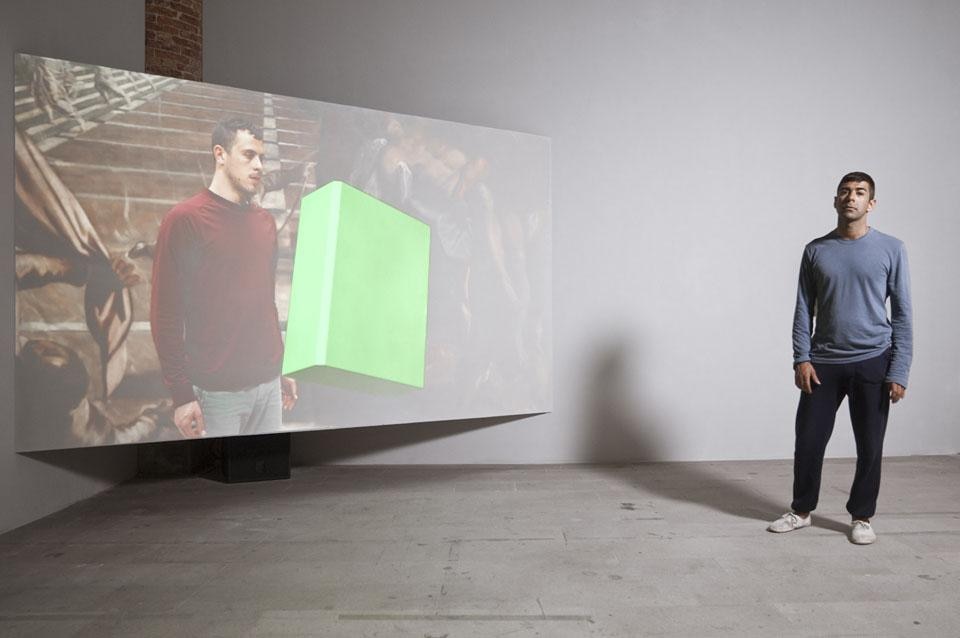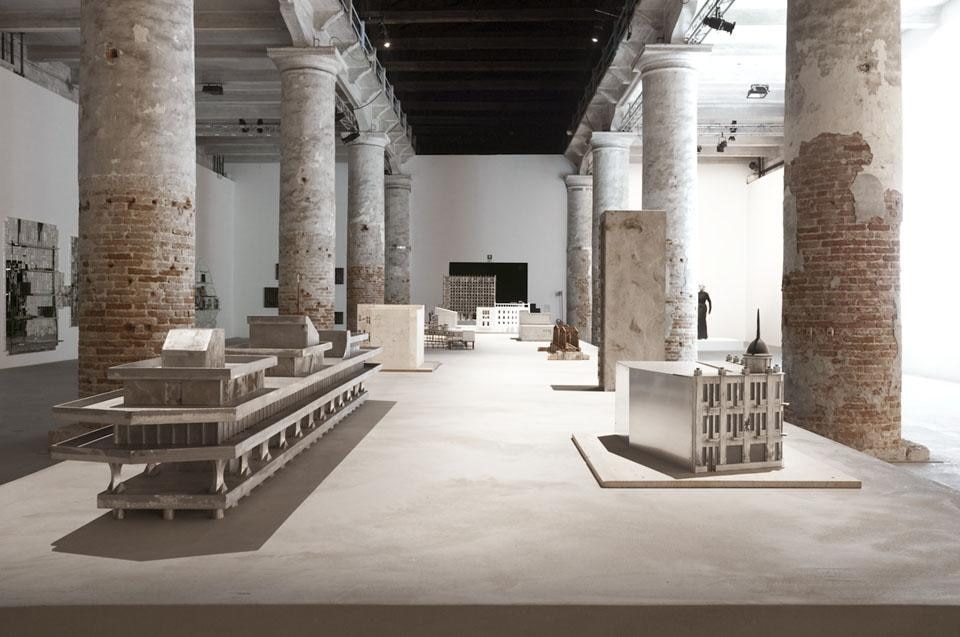Andro Wekua arrived in the German capital after living as a refugee for quite a while in Switzerland. Thirty-four years old, from Georgia and the son of a dissident poet assassinated in the civil war, Wekua and his mother were forced to abandon his home city of Sukhumi, today the capital of the republic of Abkhazia and a major port on the Black Sea.
His work spans paintings, collages, ceramics, installations and videos, and explore the effects that may be unleashed by the mix of memory, true history and imagination.
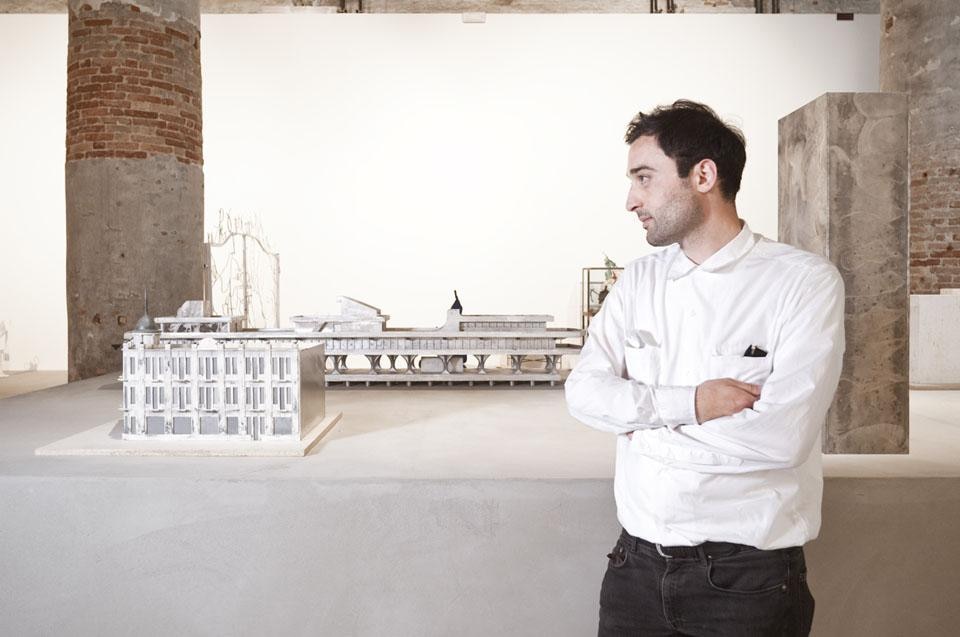
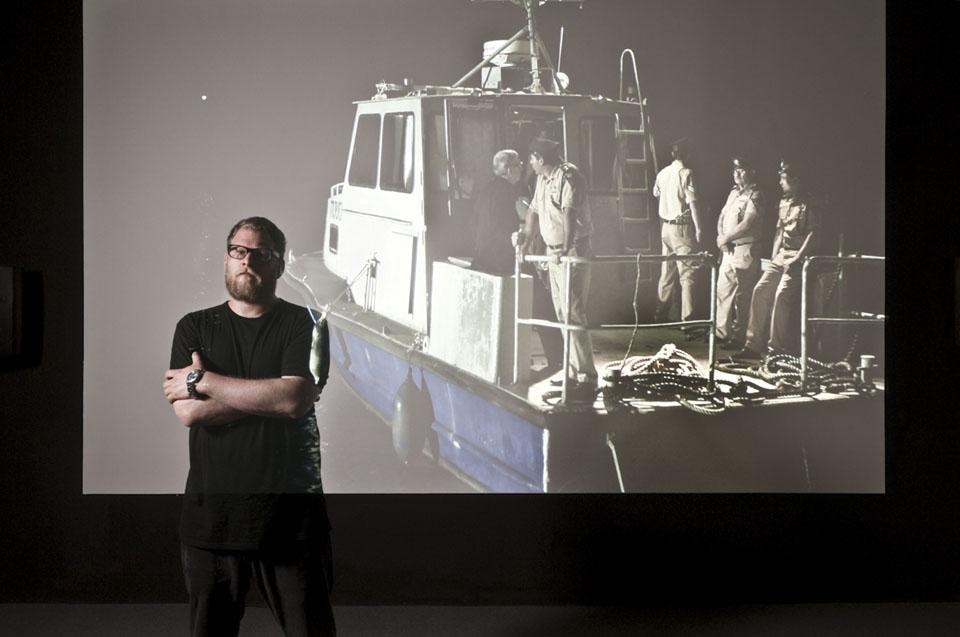
We have chosen the arbitrary route of Biennale artists who live and work in Berlin to explore a cultural area that is geographically hard to pinpoint
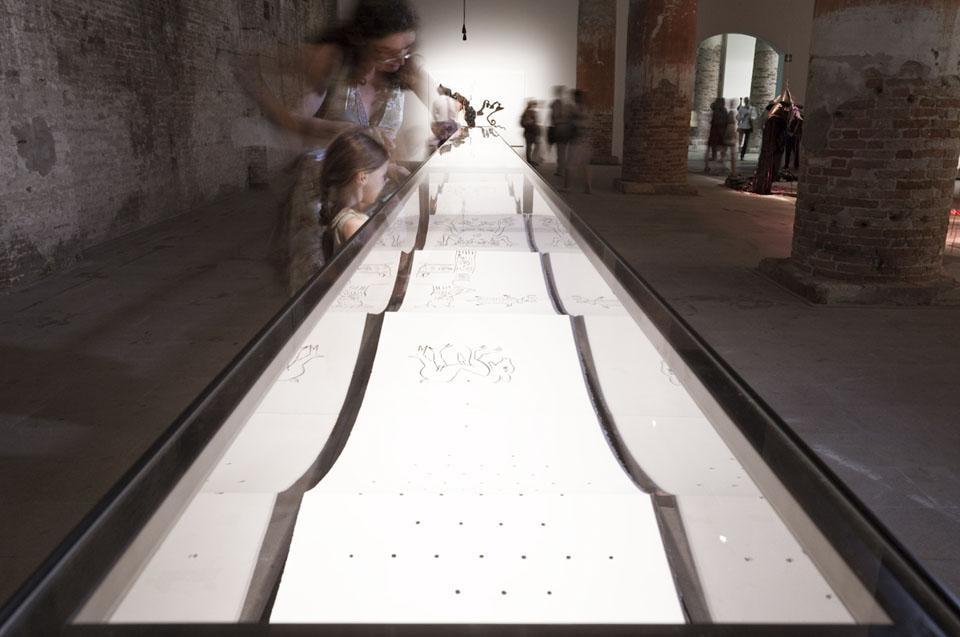
Wekua's work reconstructs memory and Gal's history but that of Castillo Debal is like that of an archaeologist, reassembling traces of peoples whose art is greatly heuristic for the very reason that it does not bow to set patterns. After gathering information and material with scientific dedication, in the work displayed at the Arsenale the artist illustrates the cosmogony of Mexican codes from pre-Colombian times, which are full of hieroglyphics and portrayals in which non-human mythological beings and objects existed side by side. This makes the artistic pretence functional and crucial to the search for hidden truths.
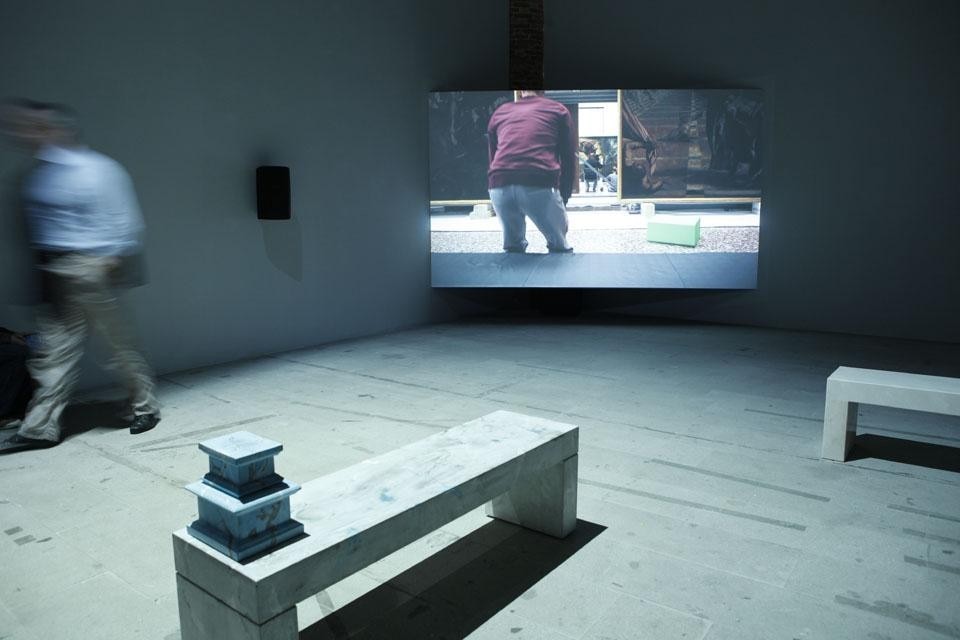
Nashat produced his installation when Bice Curiger decided to exhibit three Tintoretto works in a room in the pavilion and these become the backdrop against which an athlete handles a green parallelepiped, the colour of which is like that of the blue box used in animation programmes to import moving objects into a film; here, however, it might just take all that light from the famous Venetian painter's works somewhere else. Pierfrancesco Cravel
